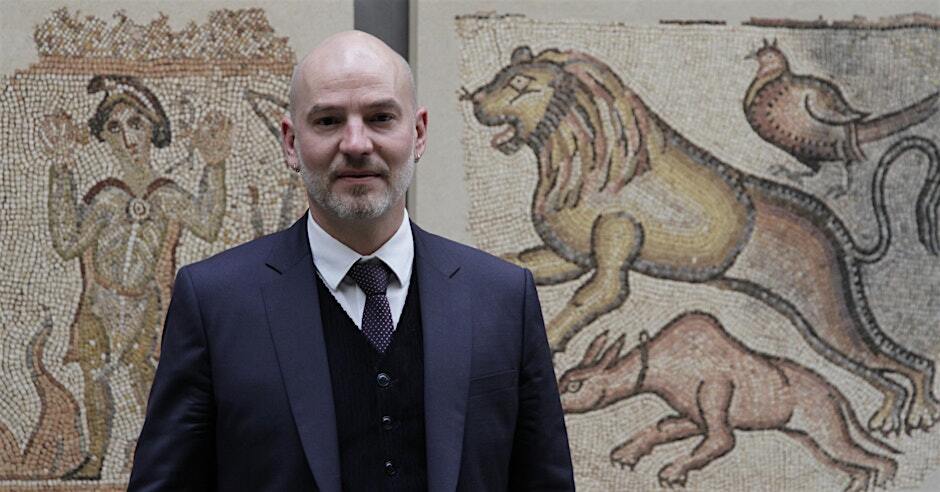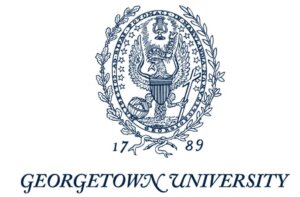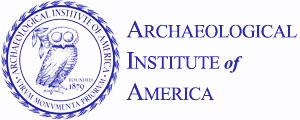
Public Lecture by Maximilien Durand
Symposium, Talk

Maximilien Durand
Georgetown University
Rafik B. Hariri Building
37th & O Streets
Washington, DC 20057
October 23, 2025 | 5:30pm
Dumbarton Oaks and Georgetown University’s Modern Greek Studies Program cordially invite you to the lecture by Maximilien Durand, director of the Department of Byzantine and Eastern Christian Art at the Musée du Louvre. The event is under the auspices of Villa Albertine – Embassy of France, the Embassy of Greece, and the Archaeological Institute of America Washington, D.C. Society.
Byzantine and Eastern Christian art forms a coherent art-historical ensemble, recognized as such by the scientific community. The Louvre’s new department is intended to bring together over 20,000 artworks currently dispersed across seven departments. The museum’s collections in this field are among the finest in the world, ranging from the beginnings of Christian imagery to the 19th century. Key works such as the Bawit monastery, the Emesa vase, the Barberini ivory and the lapis lazuli icon from the Treasury of Saint Denis are currently on public display, but lack a meaningful presentation space illuminating their artistic and historical context. Grouping these works together in a coherent and identified space directly linked to the museum’s other departments will shed light on the connection with the late Greco-Roman world, the flourishing of Byzantine art, and its endurance in a region where the Islamic civilisation also flourished. The department’s reach extends also to Eastern Europe and Russia.
Maximilien Durand is director of the Department of Byzantine and Eastern Christian Art at the Musée du Louvre. As the author of numerous publications, he has organized over twenty-five exhibitions, notably Antinoopolis: Beyond Life, Beyond Fashion, Shadows of Elegance in the Desert at the Musée des Tissus in Lyon (2013-2014), Icons from the National Museum of Art Bohdan and Varvara Khanenko in Kyiv at the Louvre (2023-2024) and Icons from Ukraine (2024-25) at the Louvre-Lens.
He has held the offices of vice-president of the Centre International d’Étude des Textiles Anciens (CIETA) and president of the International Association for the Study of Silk Road Textiles. Prior to joining the Louvre, he was director of the Musée des Tissus et des Arts Décoratifs in Lyon (2011-2017), head of conservation for Christian Dior Couture (2018-2019), and deputy director of Collections and Research at Paris Musées, in parallel to his role as curator of the Paris Catacombs (2021-2022). He has been teaching at the École du Louvre for many years (Late Antique and Byzantine Art).
In partnership with

Georgetown University
Georgetown is a Catholic and Jesuit, student-centered research university.
Established in 1789 in the spirit of the new republic, the university was founded on the principle that serious and sustained discourse among people of different faiths, cultures, and beliefs promotes intellectual, ethical and spiritual understanding. We embody this principle in the diversity of our students, faculty and staff, our commitment to justice and the common good, our intellectual openness and our international character.
An academic community dedicated to creating and communicating knowledge, Georgetown provides excellent undergraduate, graduate and professional education in the Jesuit tradition for the glory of God and the well-being of humankind.
Georgetown educates women and men to be reflective lifelong learners, to be responsible and active participants in civic life and to live generously in service to others.

Dumbarton Oaks
Dumbarton Oaks supports research and learning internationally in Byzantine, Garden and Landscape, and Pre-Columbian studies through fellowships and internships, meetings, and exhibitions. Located in residential Georgetown, Dumbarton Oaks welcomes researchers at all career stages who come to study its books, objects, images, and documents. It opens its doors to the public to visit its historic garden, designed by Beatrix Farrand; its museum, with world-class collections of art; and its Music Room, for lectures and concerts. The institute disseminates knowledge through its publications and online resources. Innovative programming has introduced students of all ages to the museum, garden, and collections.

The Archeological Institute of America
The AIA promotes archaeological inquiry and public understanding of the material record of the human past to foster an appreciation of diverse cultures and our shared humanity. The AIA supports archaeologists, their research and its dissemination, and the ethical practice of archaeology. The AIA educates people of all ages about the significance of archaeological discovery and advocates for the preservation of the world’s archaeological heritage.

